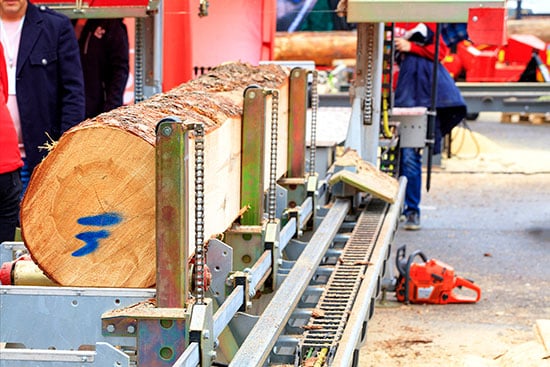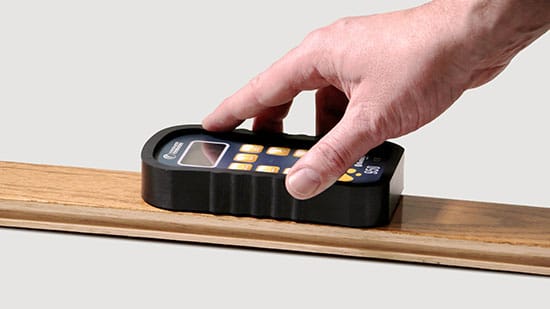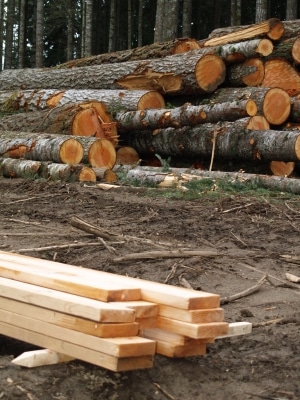How to Make Your Small Sawmill Business Profitable
Running a small sawmill business is more than just cutting logs—it’s about making smart decisions that maximize your profits while delivering high-quality lumber that customers trust. But with rising material costs, equipment maintenance, and market competition, how do you ensure your business thrives?

The key to success? Efficient operations, strategic marketing, and reducing waste.
Whether you’re just starting out or looking to improve your profitability, this guide will walk you through:
✔️ Why drying your lumber increases sales & customer satisfaction
✔️ How to reduce waste & lower material expenses
✔️ The best ways to market your sawmill & attract loyal customers
✔️ How to manage log inventory & protect your equipment
✔️ Finding a profitable niche in the sawmill industry
With the right approach, your small sawmill can be more than just a passion—it can be a thriving, profitable business. Let’s dive in.
Table of Contents
- Consider drying your lumber
- Focus on high-value wood
- Reduce material expenses
- Market your business
- Protect your equipment
- Manage log inventory
- Find your niche
Keep reading to learn more. First things first…
Dry Your Lumber
You might wonder why “dry your lumber” is even on this list. Well, here’s why.
When you sell green lumber, you’re doing your customer a disservice. Unless your clients are exclusively building outdoor structures, green lumber won’t be useful to them.
After all, lumber for furniture, flooring, and other indoor items must be dried to an appropriate level. Selling green lumber means that your clients will have to spend time and money to take their lumber to a kiln.
If, instead, you air dry the wood, use your own small-scale kiln, or rent time in a kiln operation, you’re contributing a service that your future customers will appreciate, making your business more attractive to them. You can use a non-damaging moisture meter, like those from Wagner Meters, to check the wood has reached a good moisture content range.
That being said, there are operations that buy green lumber and then dry it. Consider the services around you and pick the best option that fits.

Consider using a non-damaging moisture meter to ensure the wood is at the proper MC.
Focus on High-Value Wood
Quality is almost always better than quantity, so it’s worth it to take the time and figure out if there is a high-end niche that is underserved in your area.
For example, dimensional softwood lumber will probably be less profitable than hardwood slabs. These slabs, used for beautiful tables and other luxury furniture, can help make your sawmill profitable, even if that’s not all you do.
Of course, work with the materials you have available. But of those materials, try to choose the best ones. If you’re in an area with a lot of softwood (like pine), aim for high-quality pine wood to build trust among your clientele.
Reduce Your Material Expenses
Don’t waste money on materials if you don’t need to. Instead, note where you can reduce material expenses.
Here are a few ways you can do this:
- Post notices and let the community know that you’ll haul off any unwanted large hardwood trees—for free. This is a mutually beneficial relationship: you get materials, and members of your community get rid of unwanted lumber.
- Reduce waste by properly drying your wood, including drying at the right temperature, drying at the right speed, sealing the ends of logs so they don’t split, and using stickers to stack the wood.
- Don’t buy wood or tools just because they’re cheap. Invest according to your and your customers’ needs, and make sure they fit your business and marketplace well.
Market Your Business
Once upon a time, word of mouth may have been enough to promote your local business. Nowadays, intentional marketing is key. That usually means you need to have an online presence.
Start by making sure your business is in the places where someone might search for lumber or small stationary or portable sawmill services. You can use free platforms like Google My Business, Facebook Marketplace, Craigslist, local Facebook pages, Thumbtack, TaskRabbit, and Yelp.
If you want to take it a step further, start an Instagram page and see if your local town’s Instagram would post about or promote your work. You can increase traffic to your page by creating content, running promotions, or even paying for ads.
Lastly, network with other sawmill owners and local loggers. If it makes sense, you can partner with other businesses in the same industry. They can refer their clients to you and vice versa.
Protect Your Equipment
Your equipment is one of the most important factors in your sawmill. That’s why protecting your equipment is an essential part of keeping your sawmill functioning and profitable.
Keep an eye on your blade to ensure that it isn’t too dull, which not only results in shabby cuts but also keeps the rest of your equipment from functioning efficiently.

Managing your logs and analyzing sales trends will help your small business save money.
Manage Log Inventory
Keep track of what amount of inventory works for you so that you have fresh logs at all times—but not too many just sitting.
It might be useful to track sales against your inventory and adjust as you learn more about your customers’ buying patterns.
Find Your Niche
You want to choose a niche that suits both you and your customers. If possible, it should be a niche that fills a gap in the market.
For example, if your competitors work with specific species and dimensions, specialize in others.
So, Can You Make Money with a Small Sawmill?
The short answer: yes! But the longer answer is that while it’s definitely possible to have a profitable sawmill, you need to consider all of the above factors.
And of the above tips, it’s especially important to think about the market, your niche, and quality lumber.
At the end of the day, if you produce a quality product, your customers will be able to tell, and they will continue to come back!
As we’ve already mentioned, an important aspect of selling quality wood is moisture measurement. Use a quality moisture meter, like the Orion 950, to make sure the wood is dry and keep your product looking great. That way, you can be sure you’re giving your customers wood they can actually work with.

Wagner Meters is a family-owned American business that aims to provide solutions in moisture measurement technology that will enhance the quality and value of each customer’s project. With an almost 60-year legacy of innovation, Wagner continues to be a resource for both individual craftsmen and high-performance commercial endeavors.
Last updated on March 18th, 2025



